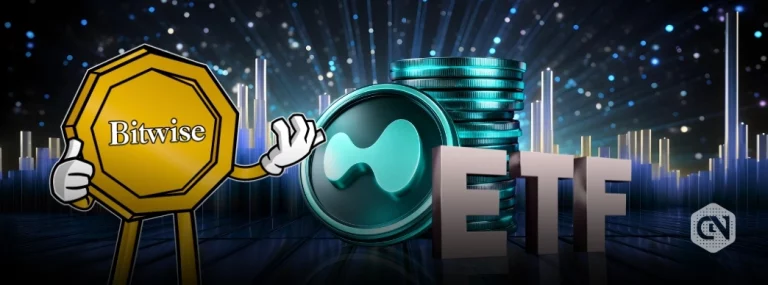
Ripple, the innovative crypto software company behind the XRP Ledger (XRPL), is exploring new ways to expand its utility in the decentralized finance (DeFi) landscape. This initiative could revolutionize how XRP, the protocol’s native token, supports digital finance infrastructure by potentially introducing native staking on its blockchain.
What Is Ripple Considering for XRP Staking?
Staking is a process where users lock up a cryptocurrency to secure a network and receive rewards in return. J. Ayo Akinyele, head of engineering at RippleX, recently highlighted the potential benefits native staking could offer XRP and its blockchain. He proposed that staking could foster long-term participation, strengthen network security, and reward validators and token holders.
Currently, transaction fees in the XRPL are burned to maintain its efficiency and deflationary supply. To enable staking, Ripple might need to restructure the network to introduce a new reward mechanism while preserving its core values of trust and stability.
Proposals for XRPL Staking Models
Ripple CTO David Schwartz has shared two theoretical models for staking integration:
- Dual-Layer Consensus Model: This approach involves creating an incentivized inner layer of 16 validators chosen by the outer layer based on stake. The inner layer would handle staking-based ledger advancements while preventing risks like double-signing through slashing mechanisms. The outer layer, resembling the current model, would oversee amendments and fees.
- Zero-Knowledge Proofs (ZKP) Model: This model maintains XRPL’s existing structure but leverages transaction fees to create incentives through cryptographic proofs. ZKPs enhance security by verifying data integrity without revealing additional information.
These models may sound revolutionary, but Ripple’s leadership has emphasized the challenges of implementing them. Schwartz cautioned that these ideas are still conceptual, requiring significant technical development to address their complexity and associated risks.
Why Staking Could Be a Game-Changer for XRP
The introduction of staking could position XRP as a competitive asset in the DeFi ecosystem. The XRPL was originally designed to facilitate fast, cost-efficient global payments. By adding native staking, Ripple could incentivize token holders, bolster the blockchain’s security, and expand its appeal across financial industries, including digital asset treasuries and exchange-traded funds (ETFs).
Still, Ripple will need to balance innovation with maintaining the core principles of its protocol. The Ledger’s Proof of Association mechanism prioritizes stability over financial gain, raising questions about how staking will align with its foundational architecture.
XRP in the Current Market
As Ripple evaluates the feasibility of these initiatives, XRP has shown steady performance in the market. The token is currently trading at $2.13, reflecting its resilience amid broader market fluctuations. For those interested in leveraging XRP’s evolving role in the crypto space, platforms like CoinGecko provide real-time price updates and analytics.
Start Investing in the Future of DeFi
Considering XRP’s potential role in DeFi, staking could soon become a key feature for long-term holders. Ready to dive into crypto investing or secure your own crypto wallet? Start with the Ledger Nano X, an industry-leading hardware wallet that ensures your digital assets remain safe and secure.
Stay tuned for updates as Ripple continues to innovate within the blockchain space, potentially reshaping the future of decentralized finance.



